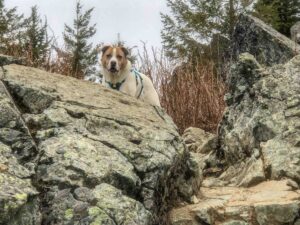
One Coach’s Practice: How to Build 5 Good Habits
When people think of a coach, they often picture someone who has everything figured out. But coaching, at its core, is less about having the answers and more about committing to daily practice—imperfectly, and with curiosity. This morning I reflected on all the fun hiking outings I have registered to lead this summer. I realize I’m at risk of overdoing it, my own Achilles heel whenever I’m excited about something. If you have bad habits, how do you replace them with good habits? Let’s take a look at what coaches practice behind the scenes.

Here are five things I’m actively working on right now—not as a checklist to try to “fix” myself, but as part of an ongoing practice to build good habits and increase self-trust. Maybe one or two will resonate with you too.
Practice 1: Shifting from Black-or-White to Shades of Gray
Historically I have been guilty of all-or-nothing thinking: success or failure, strong or weak, in shape or not. But lately, I’ve been working on getting more comfortable with shades of gray—along the spectrum of “sometimes,” “somewhat,” and “good enough.”
This mental shift means mindfully noticing the binary black-or-white thinking whenever it pops up. Can you relate to “I can’t do my full hour-long workout—so I may as well not do anything cuz it doesn’t count”? What if you could replace it with more compassionate, realistic, and self-loving language such as, “I moved today. I’ll take that as a win.”
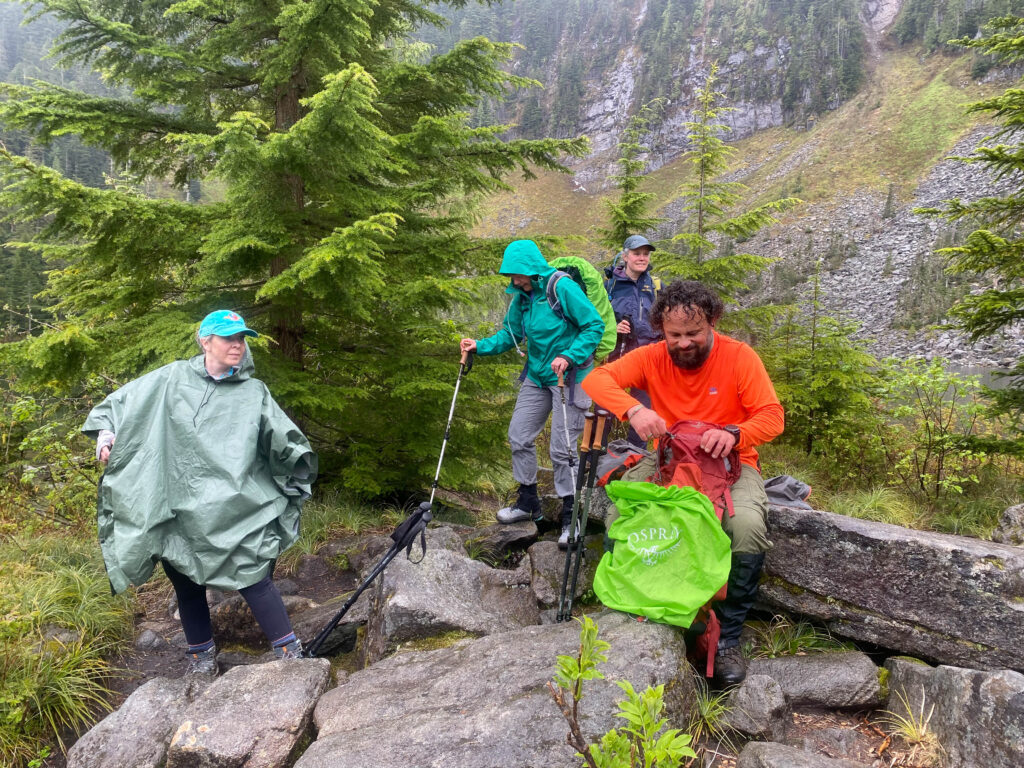
Plyometrics: To Do, or Not To Do?
Coaches work on this just as often – perhaps more so – as our clients do. The more comfortable we get with nuances, the more we can model it for others. Just this morning, my right foot was sending me messages that it had had enough. Instead of pushing through to the plyometrics exercises, I reminded myself that I have three long hikes coming up in the next ten days, each over 10 miles.
If I do one workout that messes up my feet, I lose out on what matters most. And what has others counting on me to show up. One abbreviated workout will not do you in. A workout that injures you for the entire summer, could.
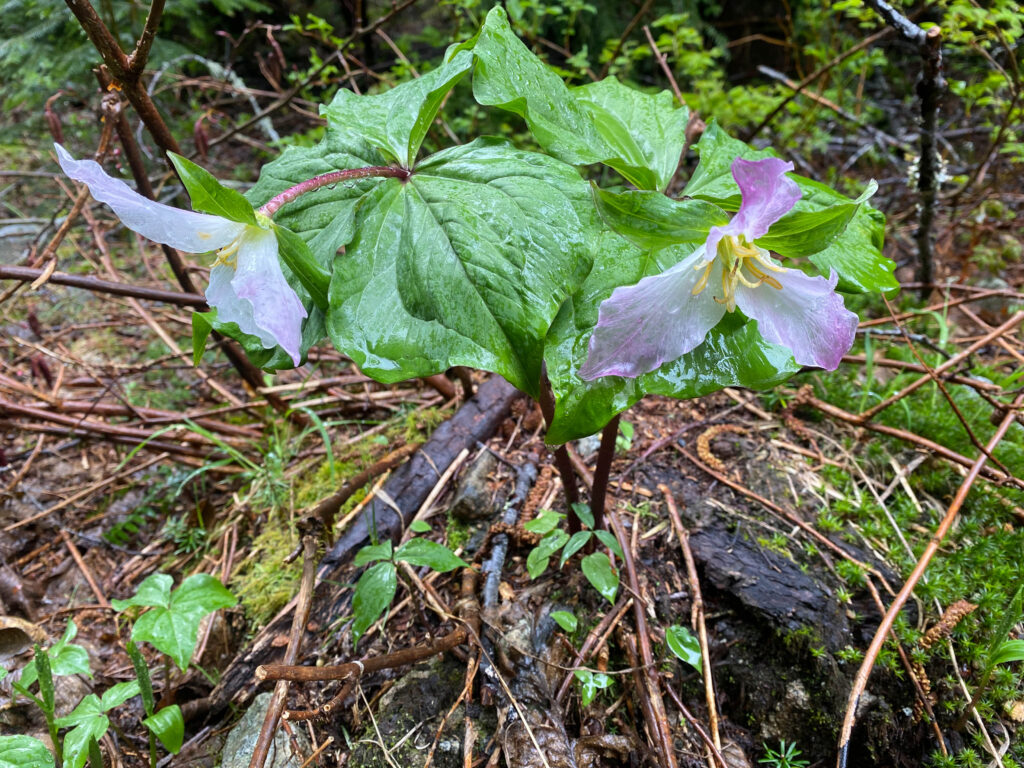
I stopped after 35 minutes and reminded myself, if and whenever the foot feels better, I can always do the higher impact exercises. If not, rest will mean being able to hike more comfortably.
Practice 2: Planning My Trail Time Wisely
As a hike leader, it’s easy to let enthusiasm overtake strategy—saying yes to too many outings, jumping into challenging hikes back-to-back, and forgetting that even fun movement requires recovery. When I hear about other hike leaders getting injured or feeling burnout, I’m reminded to check in with myself frequently and make sure the positive energy remains. If it lags, I know I’m in trouble.
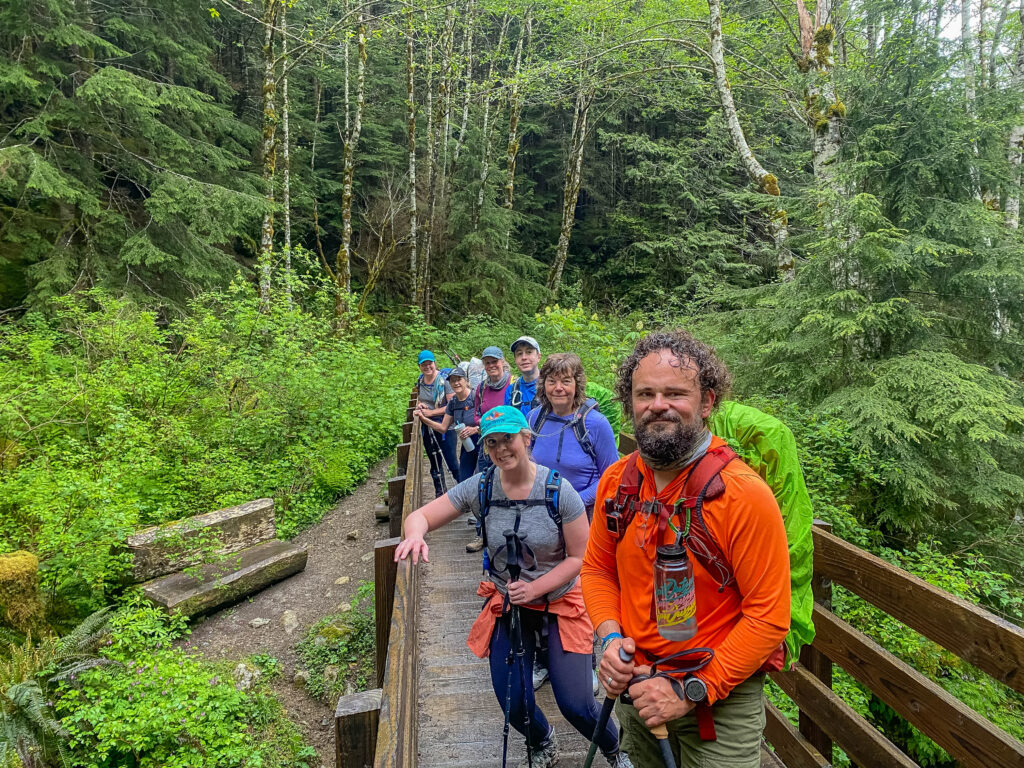
I’ve been experimenting with mixing hike types intentionally: a longer hike one week mixed with a recovery outing well within my capabilities. More gain the following week paired with flat birding rambles the next. Fitness is anything but linear, and we cannot expect to add mileage, weight, and elevation gain all at the same time without consequences. I’m also paying closer attention to who I hike with. Group size, energy, and pace all affect how restorative—or draining—any outing feels.
Planning with intention helps me stay engaged, prevent burnout, and serve my hiking participants better. It’s a puzzle I’m still figuring out.
Practice 3: Testing What Works from Neuroscience
After a two-decade-old injury, my body still speaks to me about a persistent glute-hamstring issue. I’m in the midst of studying brain-based training principles (think: neuroplasticity, threat modulation, movement retraining) to see if I can make headway on an issue that physical therapists have been unable to solve.
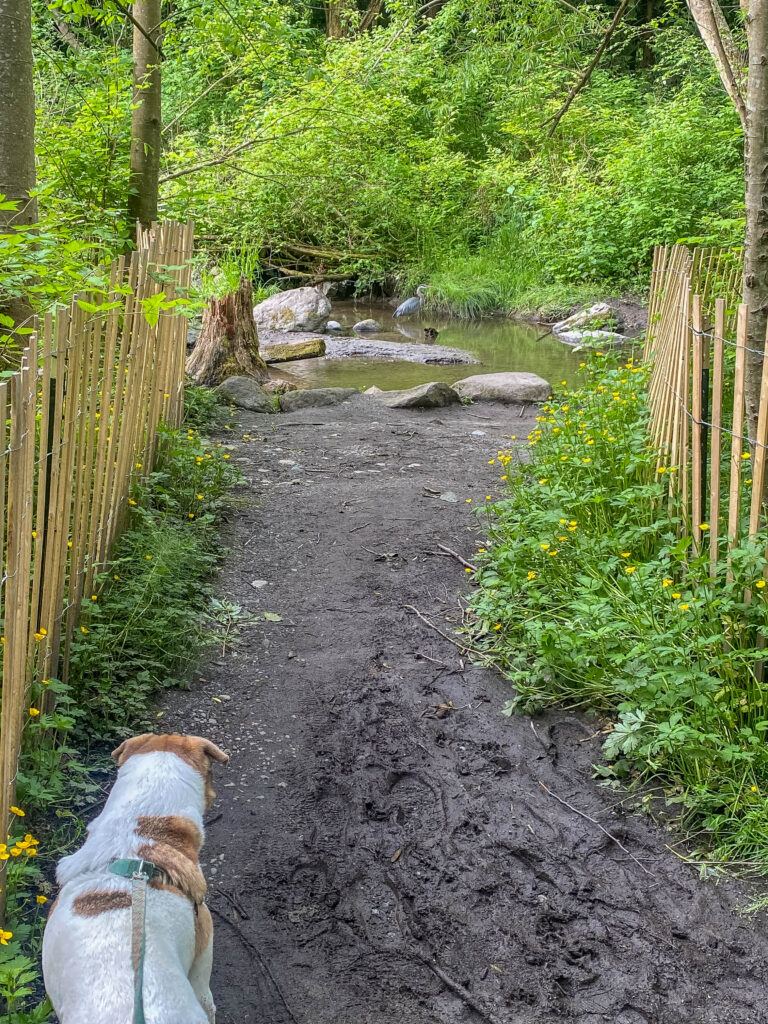
This isn’t quick work. I’ve logged hundreds of hours in study and just as many in trial and error: test, reassess, adapt. Sometimes what worked just fine yesterday now flares things up. But I’m learning to listen without judgment.
Coaches aren’t immune to setbacks—we just become a curious about them and ask different questions. “Why me?” is not a useful question. “What might I do to help my body feel and perform better?” is.
Practice 4: Balancing Hard Efforts with Joy and Rest
I love leading hikes to favorite destinations. Especially the Mountaineers’ CHS-1 and CHS-2 hikes with their growing distances and elevation gains. But I also love slow birding outings with my dog Ajax to local green spaces. Solo treks with no agenda or external responsibility have a special place in my heart. And walks with friends who want to talk and move also provide me with opportunities for recovery movement.
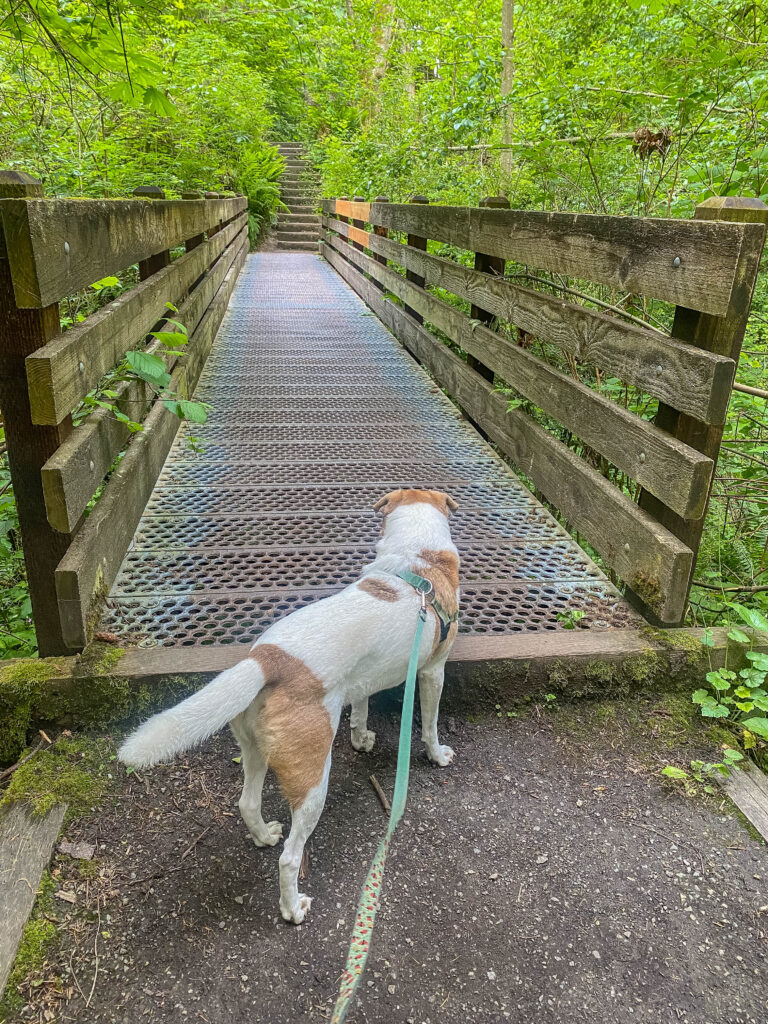
It’s easy to get pulled into a performance mindset—chasing peak fitness, bigger goals, or “earning” my rest. But I’m learning to honor the full range of movement experiences. They all have value. Each type of outing feeds a different part of me. And ignoring rest and joy could mean the hikes with ever-increasing distance might quickly wear me out and become a chore.
Practice 5: Balancing Action with Recovery
This one is the heart of all the others: trusting that doing enough is, well, enough. Trusting my body to speak up when I need to back down, before I get ill or injured. Trusting my mind, particularly the sane, rational part rather than the trickster voice who constantly tries to protect (sabotage?) me.
As someone who’s driven and who recharges in the mountains, it’s easy to push through signals—tightness, tiredness, tension, scratchy throat or headache—and override the body’s wisdom. But every time I do, I reinforce a pattern I’m trying to unlearn: that more is better, that rest is weak, that I need to prove I’m okay by how much I do.

Leading for the Mountaineers has unleashed a wild stallion inside. Part of me feels like I’m making up for lost time. And part of me is thrilled and celebrating every time I hit the trails with a new group of hikers to teach, lead, guide, and inspire. I have come up with a mantra: I lead from the wood-duck light within me. I have nothing to prove, only to trust and be.
These days, I’m trying to remember that approach: slowing down whenever I feel myself wanting to speed up. Channeling my inner wood duck. Asking “What would feel supportive right now?” instead of “What haven’t I done yet?” It’s hard, because the more I lead, the more people I meet, and the more I want to connect. I’m learning to trust that my body will tell me when it’s had enough. But will my brain listen?
Why Share All This?
Because coaches are not on pedestals—we’re on paths similar to yours. We’re learners, explorers, and tinkerers. We get discouraged, celebrate wins, slip into old patterns, and try again.
And if you’re working on any of these things—gray thinking, movement planning, injury recovery, joy-balancing, or trusting your pace—you’re not alone. These are life skills as much as they are wellness ones.
So here’s to the work behind the work. And to the wild, wobbly, wonderful practice of showing up for ourselves, day by day, and building new, better, supportive habits to replace the old that no longer serve us.
